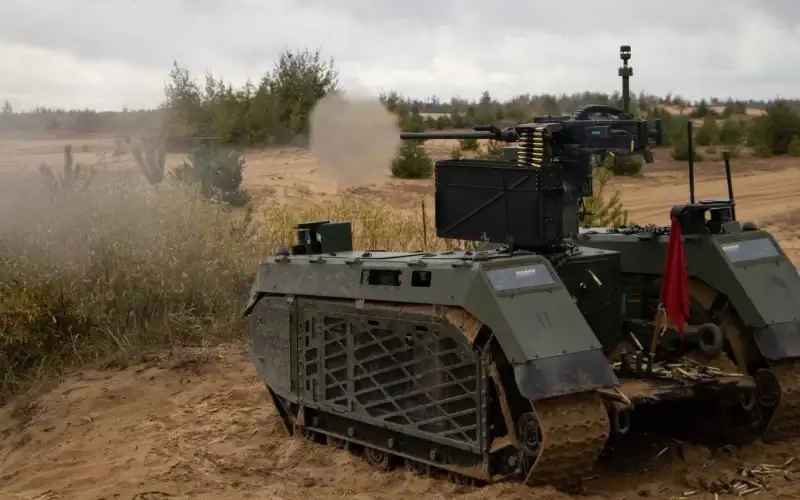After watching so-called “strategic competitors” roll out all manner of ground combat robots in recent years, it appears that at least one NATO country is leading the charge when it comes to testing its own family of battlebots.
On Friday, the Royal Netherlands Army announced that it had deployed four armed Tracked Hybrid Modular Infantry Systems (or THeMIS) unmanned ground vehicles (UGV) built by Estonia’s Milrem Robotics to Lithuania with the Robot and Autonomous Systems (RAS) Unit of the 13th Light Brigade for what military officials characterized as the first known Western operational experiment involving armed UGVs.
Janes, which first reported news of the deployment, notes that the THeMIS UGVs “are currently undergoing trials with a view to developing and refining doctrine at the platoon level” for RNA forces.
The THeMIS combat UGVs can be outfitted with “light or heavy machine guns,” 40mm grenade launchers, 30mm autocannons, and anti-tank missiles, according to Milrem, making them purportedly ideal as direct fire support for maneuver forces.










